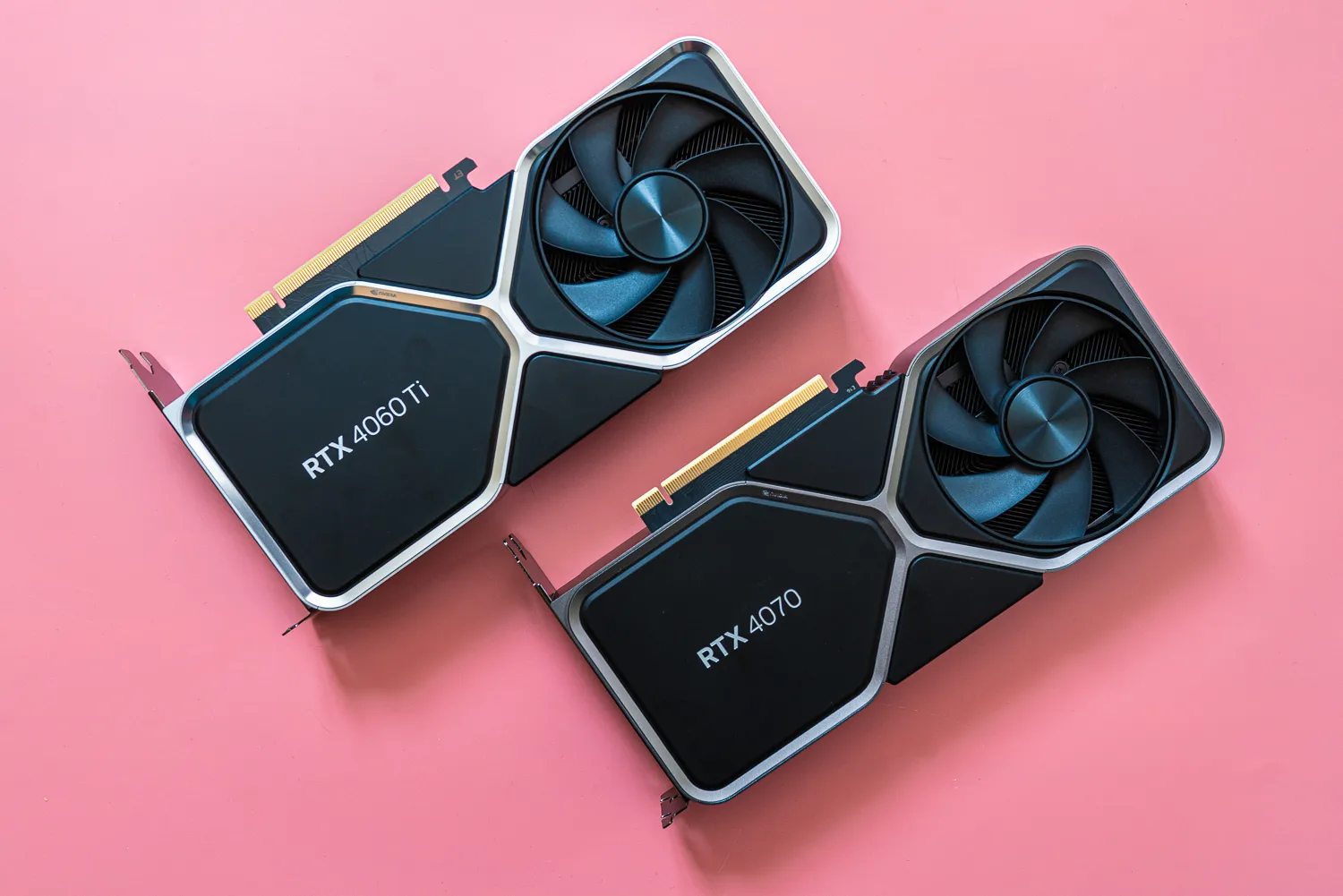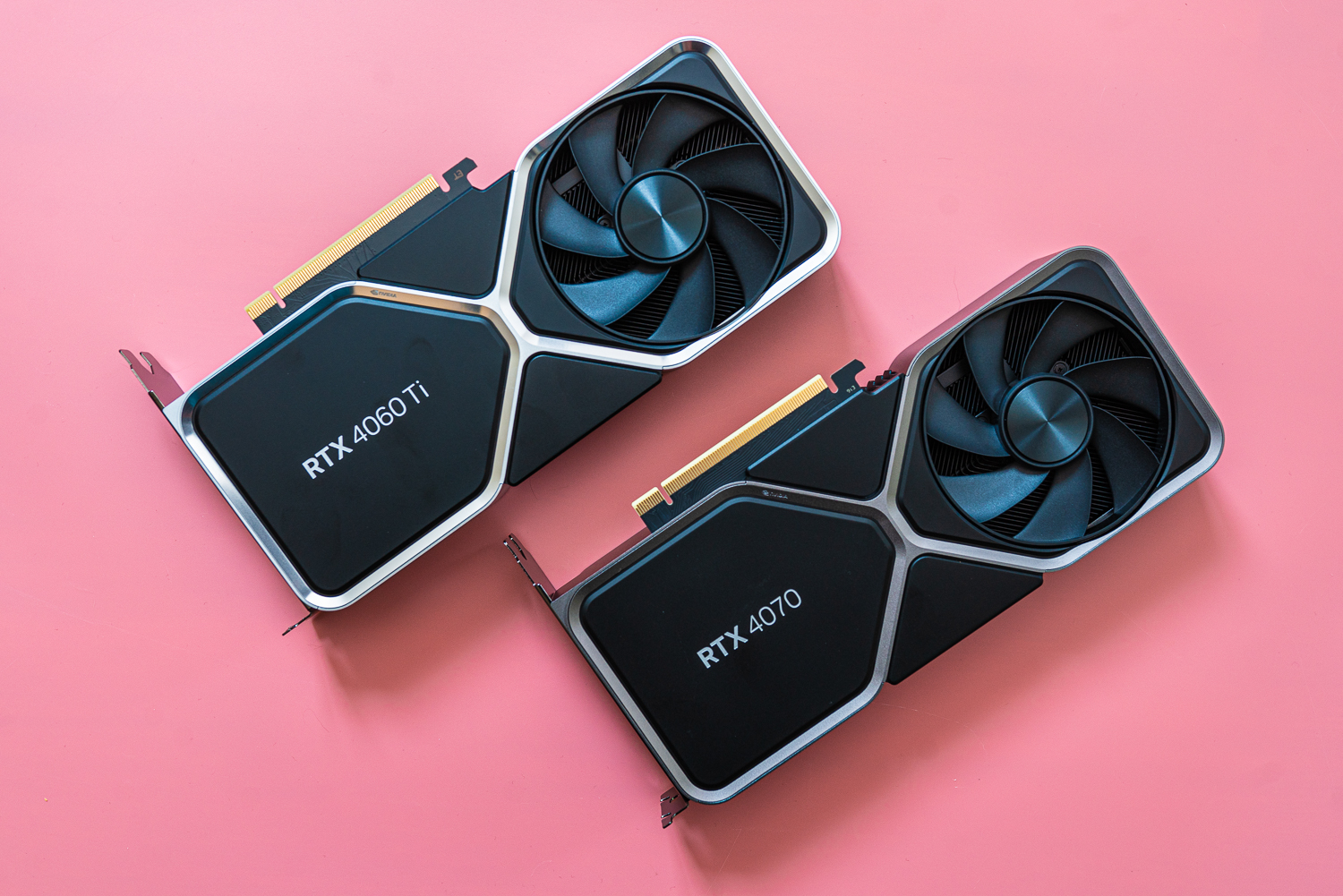Nvidia’s RTX 5060 and RTX 5060 Ti are reportedly right around the corner, but how will they compare to some of the best graphics cards? That’s still a big unknown. However, more and more leaks confirm one specification that I really hoped Nvidia would’ve upgraded this time around: A really narrow memory bus.
According to a new shipping manifest, the RTX 5060 Ti and the RTX 5060 will both feature a 128-bit memory bus, and that’s regardless of the amount of VRAM. Here’s why that’s not enough for 2025, but also why Nvidia might get away with this one more time.
Shipping manifest confirms what we’ve been expecting

As spotted by VideoCardz, the RTX 5060 Ti and the RTX 5060 have been spotted in shipping manifests. The publication figured out that they’ll both use the PG152 PCB, and this helped spot the cards based on their model names; for the RTX 5060, it’s the PG152 SKU 25, but there’s also the PG152 SKU 10, which could be the RTX 5060 Ti.
These strings of letters and numbers don’t mean much on their own, but in context, they reveal a couple of things. First, both cards are confirmed (well, this is a leak, so not fully confirmed — keep that in mind) to use the GB206 GPU. Next, the PG152 is listed with a 128-bit memory interface.
So far, all signs point to a repeat of the RTX 4060 Ti and the RTX 4060. In all likelihood, we will end up with an RTX 5060 Ti with either 16GB or 8GB of memory, followed by the RTX 5060, also with 8GB of memory, and all three of those cards will share the same, narrow memory bus. Of course, everything we know about these cards comes from leaks; Nvidia still hasn’t announced them, but an announcement is meant to be coming soon.
It might not be all that bad

I won’t lie — going into the RTX 50-series, one of my main hopes was that Nvidia would give its lower-end cards a bit of a boost. In the previous generation of GPUs, the RTX 4060 Ti failed to impress even when equipped with 16GB of memory, and that’s partly due to its specifications.
The RTX 30-series card actually had more CUDA cores, and it also had a much bigger 256-bit memory bus. While there have been architectural improvements going from Ampere to Ada, it’s hard to beat such a minor difference in specs. In fact, based on cores and memory interface alone, the RTX 3060 Ti had the upper hand, so it’s no wonder that it actually managed to outpace the RTX 4060 Ti in certain benchmarks. Even when the 4060 Ti managed to score a win, it was often minor.
The good news is that we’re unlikely to see an apples-to-apples repeat of the previous generation. The difference lies in GDDR6 vs. GDDR7 memory.
Personally, I do believe the leaks that claim Nvidia will go with the same approach to VRAM as it did in the previous generation. However, it also made an important switch with the RTX 50-series: It upgraded the whole lineup to GDDR7 memory, which is a whole lot faster. That will give these cards a lot of extra bandwidth to work with, even with that narrow memory bus and limited 8GB VRAM. VideoCardz did the math, and the GPU should see a 55% increase in bandwidth, now up to 448GB/s.
This is good news, and if you ask me, it’s kind of the saving grace for Nvidia’s upcoming graphics cards. It also helps that AMD is said to be adopting the same approach by keeping the RX 9060 XT at 8GB and 16GB of VRAM, much like the last generation, while also sticking to the 128-bit interface.
Will the RTX 5060 be good enough for 2025?

The RTX 5060 and the RTX 5060 Ti are two GPUs that could arrive at the perfect time to be successful.
The GPU market is currently starved. Prices are through the roof, and stock levels are low. Many gamers won’t have the time to think about whether the specs of these two cards are good enough for their particular needs; moreover, the xx60 cards are typically Nvidia’s most popular, so that helps.
We’ve recently learned that, at least in the case of the RTX 5060 Ti, we can expect the same kind of pricing as in the previous generation. This is both good news and bad news. After all, a price cut might have helped the limited memory interface and the slight uplift in specs, but on the other hand, the state of the market lends itself to higher prices.
With all that aside, will these 16GB and 8GB cards be good enough for AAA games in 2025 and for the next few years?
We’re already seeing titles request more than 8GB of video memory. It’s true — 8GB GPUs are slowly on their way out, but not quite there yet. With the help of tools like DLSS, even a card that might not have enough VRAM for a particular title (such as Indiana Jones and the Great Circle) should be able to pull through and deliver solid performance.
Outside of DLSS, it’s hard to say just how well these cards will perform. Nvidia is said to be announcing them on April 15, so we might find out very soon — stay tuned.
Services Marketplace – Listings, Bookings & Reviews
